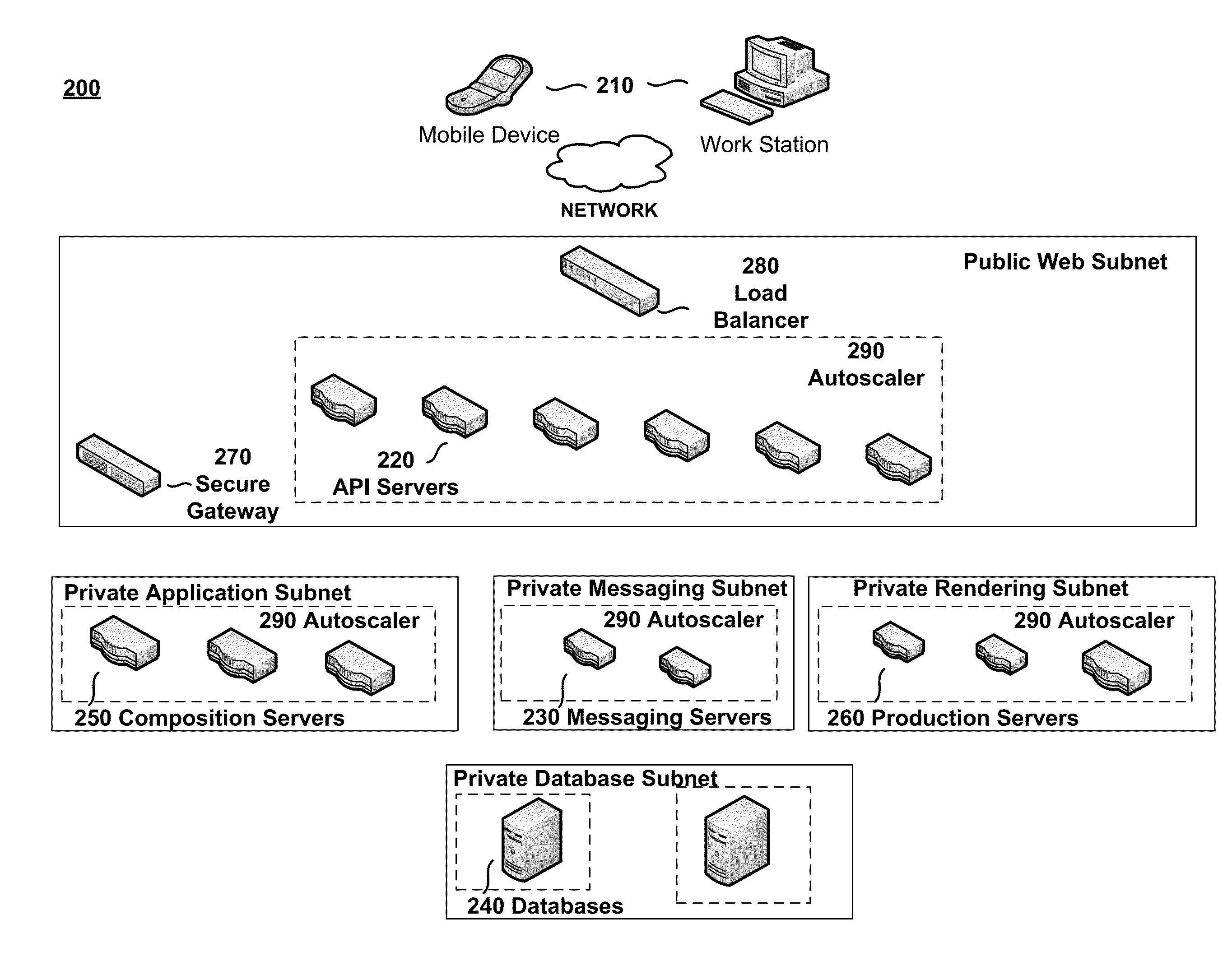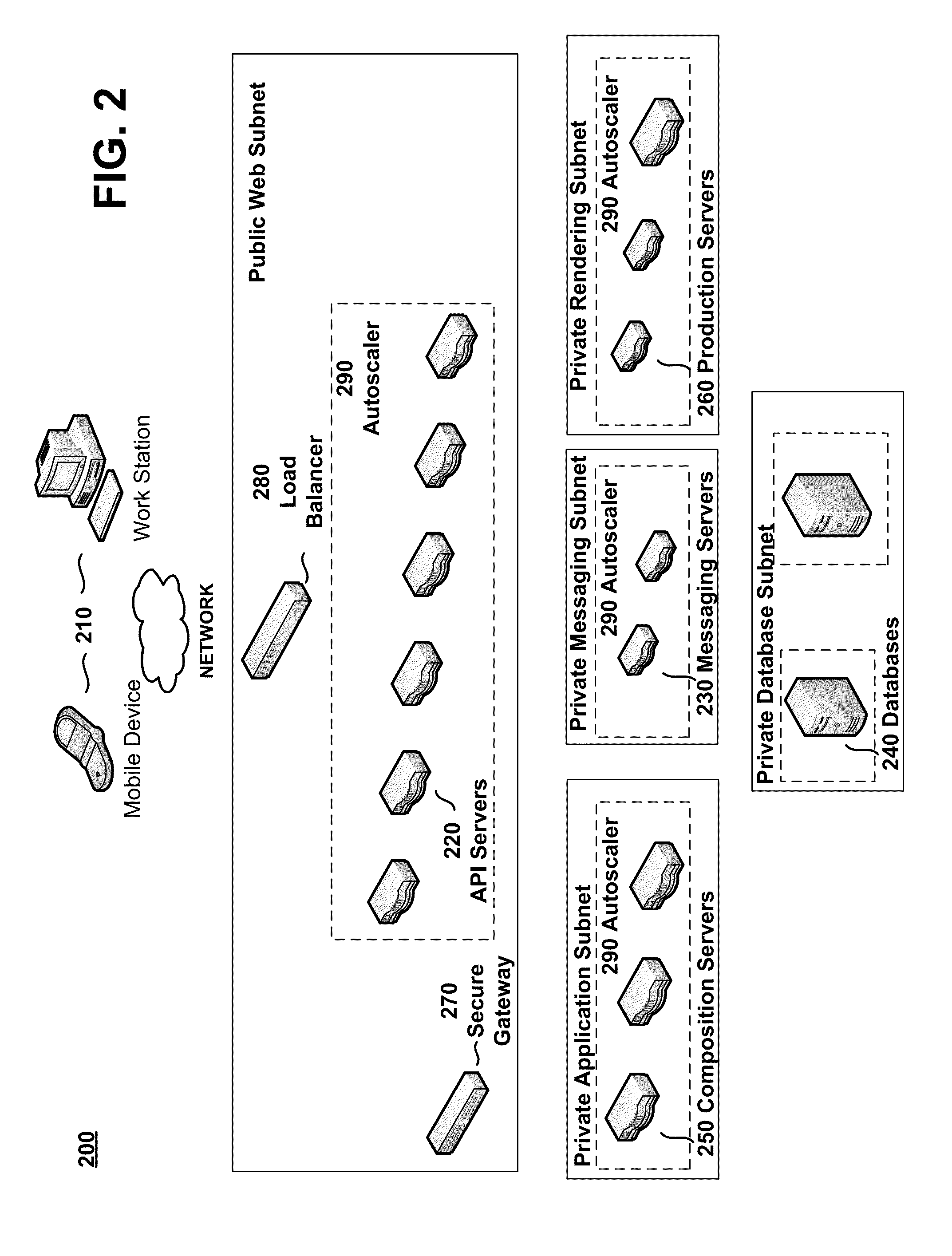Music information retrieval
a music information and retrieval technology, applied in the field of music information retrieval, can solve the problems of inability the same technology that spearheaded the drastic evolution of musical format and delivery, and the inability of digital music industry leaders to identify the compositional elements of a piece of musi
- Summary
- Abstract
- Description
- Claims
- Application Information
AI Technical Summary
Benefits of technology
Problems solved by technology
Method used
Image
Examples
Embodiment Construction
[0018]Embodiments of the present invention allow for identifying and retrieving the compositional elements of a music selection—music information retrieval (MIR). Through the use of machine learning and data science, hyper-customized user experiences may be created. By applying MIR to machine learning metrics, users can discover and enjoy new music from new artists and content producers. Similarly, records labels can market and sell music more accurately and effectively. MIR can also contribute to a new scale of music production that is built on an understanding of why a listener actually wants the music that they do rather than marketing a musical concept or artist without real regard for the performed content.
[0019]In this context, audio is received to allow for the retrieval and extraction of musical information. Information corresponding to a melody such as pitch, duration, velocity, volume, onsets and offsets, beat, and timbre are extracted. A similar retrieval of musical infor...
PUM
 Login to View More
Login to View More Abstract
Description
Claims
Application Information
 Login to View More
Login to View More - R&D
- Intellectual Property
- Life Sciences
- Materials
- Tech Scout
- Unparalleled Data Quality
- Higher Quality Content
- 60% Fewer Hallucinations
Browse by: Latest US Patents, China's latest patents, Technical Efficacy Thesaurus, Application Domain, Technology Topic, Popular Technical Reports.
© 2025 PatSnap. All rights reserved.Legal|Privacy policy|Modern Slavery Act Transparency Statement|Sitemap|About US| Contact US: help@patsnap.com



